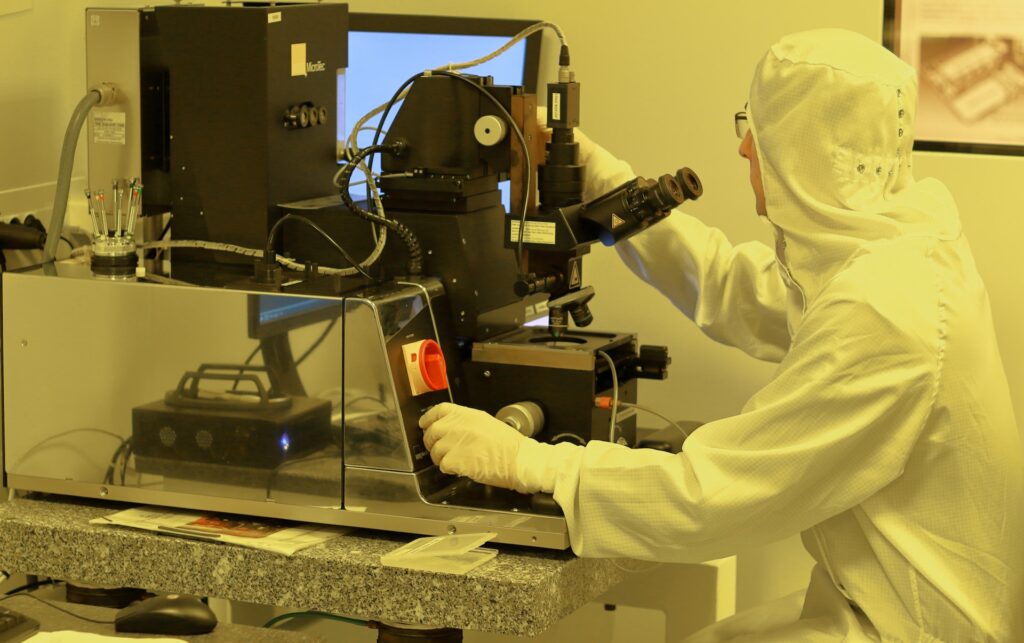Curing depression or brain diseases, helping paralyzed people to move their limbs again and blind people to see, eliminating chronic pain, using WhatsApp directly through the brain or controlling animals – neurochips already make all this possible today. Until recently, such ideas seemed to be something out of the realm of science fiction, but now they are beginning to be realized in practice. Despite the fact that such technologies often scare the average man, many companies invest huge resources in the development, optimization and testing of brain implants. “Lenta.ru describes the latest advances in neural interfaces and their application to humans.

The field of brain implants is staggering in its scope. The main goal of most research is to create a bio-device that can stimulate certain areas of the brain. With the help of such influence it is realistic to restore vision and hearing after a stroke or head trauma, to alleviate the manifestations of neurodegenerative diseases such as Alzheimer’s or Parkinson’s disease. The technology can also restore motor abilities in paralyzed patients.
In addition, some companies and research groups suggest the possibility of using neurochips to create neurocomputer interfaces. That is, such systems form a two-way or one-way direct connection between the computer and the brain to exchange information. At the same time, experiments on animals are regularly carried out; they are used both for the preliminary stage of tests before introduction to humans, and for measurements of brain activity for purely scientific purposes.
Brain implant systems are usually a direct chip, a battery for power, and a computer for control and imaging. The chip sends, blocks or records (and records and stimulates simultaneously) the electrical impulses of either an individual neuron or entire groups in specific parts of the brain. Until recently, the use of brain implants was limited or considered impossible due to the computational power of the computer and insufficient development of neurophysiology.
The power of thought
Before organizing full-fledged clinical trials in humans, scientists test developments and drugs on animals. In the case of brain implants, experiments on other biological species may be dictated not only by the need to comply with established rules, but also by the observation of brain activity of a particular species.
For example, back in 2006 the Medical College of Georgia conducted an experiment to study the process of functional adaptation of the brain in the process of learning sensory distinction. Monkeys’ brains were stimulated with electrodes and tried to teach them the connection between sound changes and rewards.





